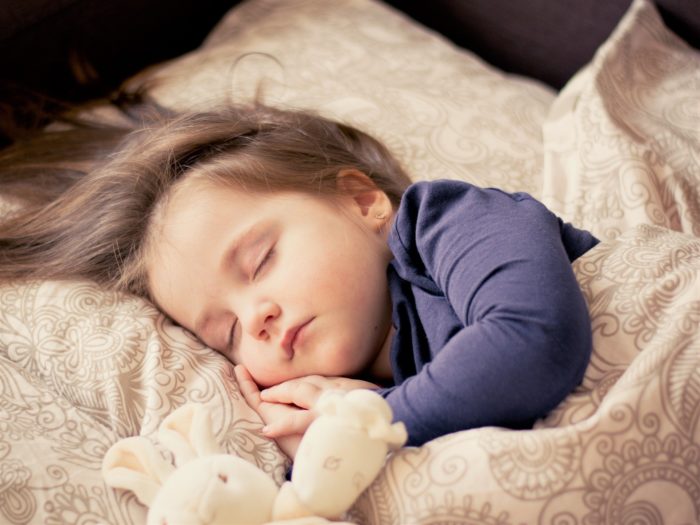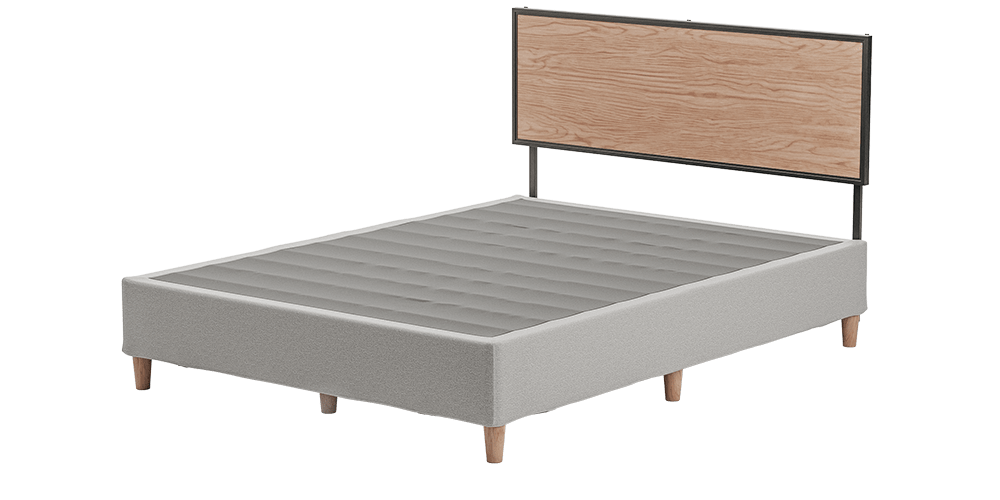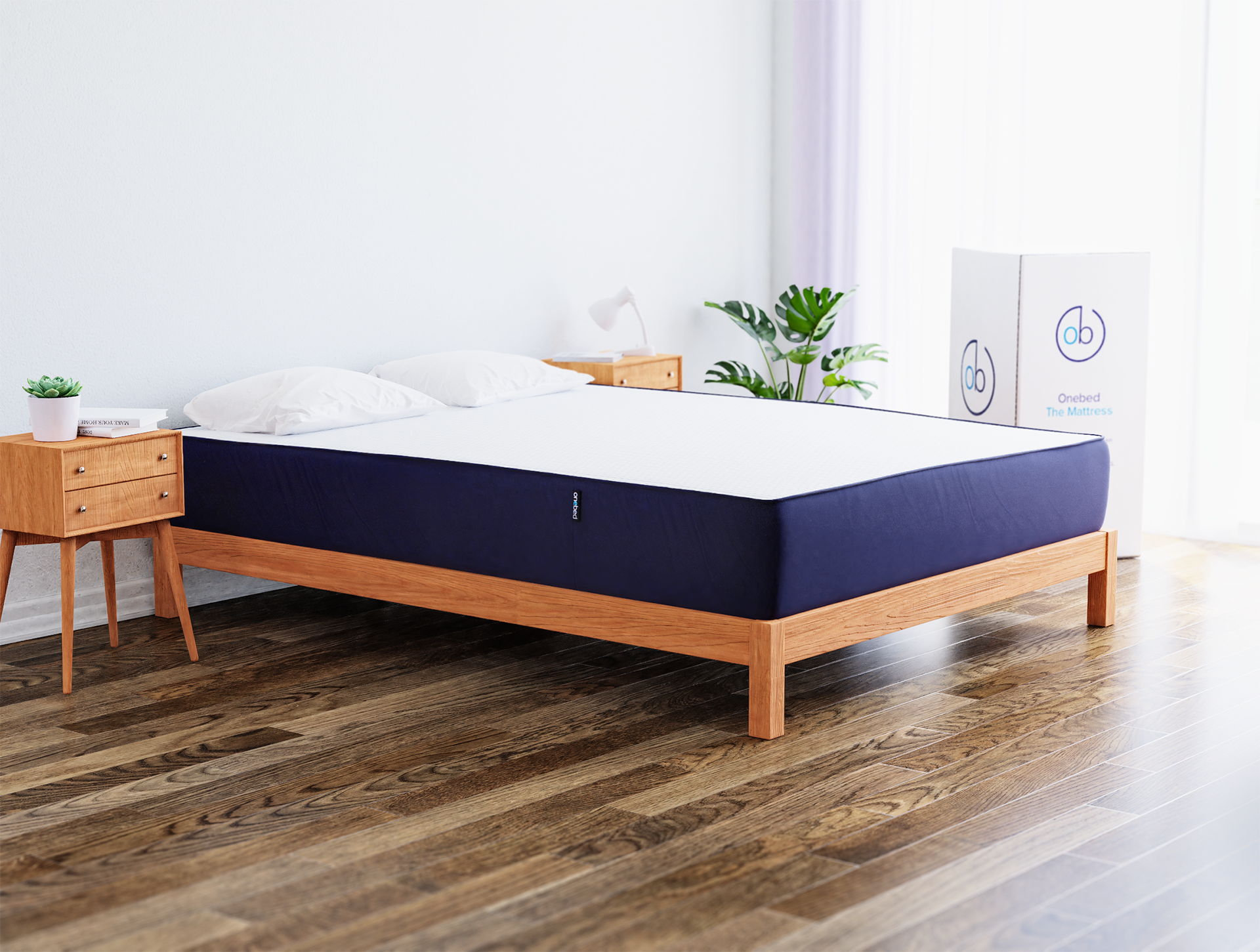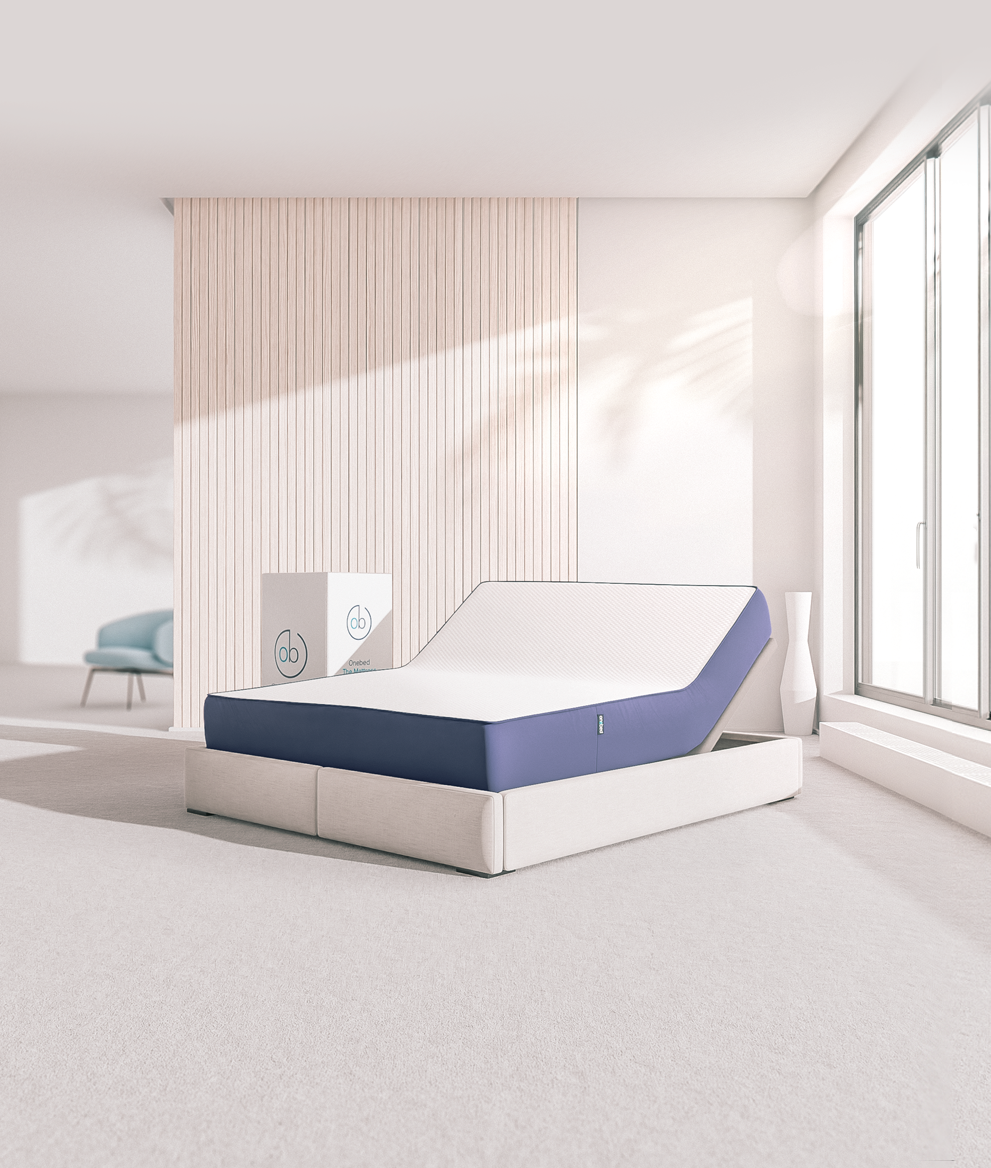Our babies have many important needs and parents would naturally want to fulfill those. As parents, alongside making sure our little ones are well fed, ensuring they get enough sleep is at the top of our checklist. It goes without saying that sleep is important for everyone, most especially for these little ones.
Sleep boosts their immunity and growth – things that parents would want for their children of course. Also, your child is in a better mood when they get proper sleep. Happy baby means happy parents. These are just some of the reasons why parents would want to ensure that their babies meet the recommended hours of sleep. There are many ways, though how parents go about this.
To help babies sleep better, most parents co-sleep with their baby. This is when the baby sleeps on the same bed with the parents. Another thing that parents do is to room-share from infancy until toddler-hood. In this case, the child sleeps in his own cot or crib, but in the same room with the parents.
As your baby grows up though, eventually you will need to sleep-train them. This is when you train your baby to learn how to fall asleep and of course, stay asleep throughout the night. It is advisable to sleep-train your child as they approach the toddler years – that’s when they are 18-36 months of age.
Sleep-training is important in a lot of ways – for the baby and for the parents. Sleep-training your baby will teach your child life skills such as independence and responsibility. These are important things that our children must learn, and this is definitely something they could get from this process.
For the parents, through sleep-training they can get their life back! Kidding aside, our children are important, but we also need to function well to be better individuals, and to be better parents.
That’s one of the mistakes some parents make, making their child their whole world. Your baby shouldn’t be in charge of your household, though, parents are still people who need to function and decide. This does not mean that you love your baby less, it’s just handling the situation better.
Bottom line, sleep-training benefits both the parents and the baby. And who doesn’t want extra hours of proper sleep? Parents wouldn’t say no to that!

So how do you start with sleep-training? How can the parents and babies adjust to this process? The child’s bedroom is now prepared, what’s the next step? Here are some ways to encourage your child to sleep in his own bedroom:
- Develop a sleep routine to indicate that bedtime is approaching: Brush teeth, warm bath, read a story, etc. This is the most ideal means as you transition your toddler since this routine has essentially started in infancy. At this point, you may highlight action words for each routine and mention the word “sleep” as you go along to remind the child that it’s almost bedtime. This signals them that bedtime is nearing, and these activities are leading to it. This prepares them for the actual sleeping time.
- Be consistent. Make a schedule and stick to it. Establishing a sleep routine is important. Being consistent is crucial. Following the same sleep schedule every day will effectively signal your child’s body clock that it is bedtime. Generally, the ideal bedtime for toddlers is between 7:30-8:30PM. When the activity is consistent, there are no surprises. They will be used to the idea more because they are expecting it. They will understand that sleep is part of it – no arguments.
- Emphasize on sleep association. Focus on an object or action that would serve as cues for your toddler to sleep. This could be his favorite plush toy or blanket. The rocking motion or tapping of their backs is the most common sleep association for babies. Having these cues enables them to slide into sleep easier. It’s like an automatic button that tells them that it’s time to switch off to sleep as well.
- Reward for progress. Positive reinforcement has proven to be an effective method to motivate children to keep doing the desired behavior. It doesn’t have to be a grand gesture as well. It could be as simple as adding chocolate syrup on their pancakes for breakfast or extending outdoor play with friends. This action tells them that they are doing well, and they are rewarded for the good work that they’ve started. This encourages them to do better.

Another thing – as you introduce your child to his own room, it’s important to talk about the bed that they’re going to use. Their comfort should be our priority so it’s imperative that you think about in detail what mattress to buy.
It would be wise to invest in a standard size mattress rather than a toddler bed. While a toddler bed could be aesthetically nice initially, it can quite expensive and can only be used for short-term.
Kids grow up so fast. Before you know it, they would be outgrowing the toddler bed you just bought. A standard mattress on the other hand, provides more space, which your child can grow into for many years to come. Even though standard mattresses haven’t been made to last forever, they would be serviceable longer than the toddler beds.
Having his own mattress will also give him the impression of a “bigger” space where he can play, or lounge while reading his favorite storybook. A Onebed single mattress can be the perfect bed for your child as he adjusts to having his own room and bed and learns to sleep on his own.
These are just a few tips to start with when you begin sleep-training your child. Do remember though that each baby is different, and progress may not be the same for every child. Avoid comparing, it will just stress you and your child out. Bring lots of patience and understanding while sleep-training. It’s not going to be an easy journey, but it will be worth it in the end.
So good luck parents in your sleep-training, you can do it! And for the babies, sleep tight, little one!


















































